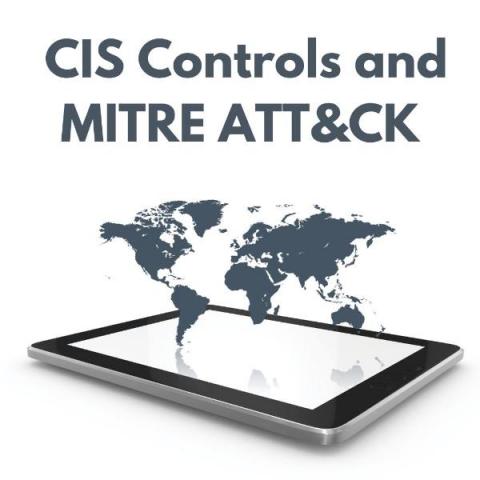Hardening Tools 101
Server hardening refers to the actions performed to reduce the server OS and application attack surface. this is done by changing the default configurations of the system’s components (servers, applications, etc.) and removing unnecessary components. Out of the box, Server OS are more function-oriented rather than for security, which means that unnecessary functions are enabled. Default, insecure configurations reflect a potential attack vector.







